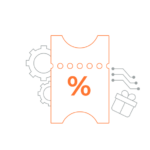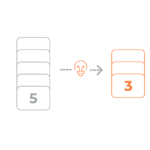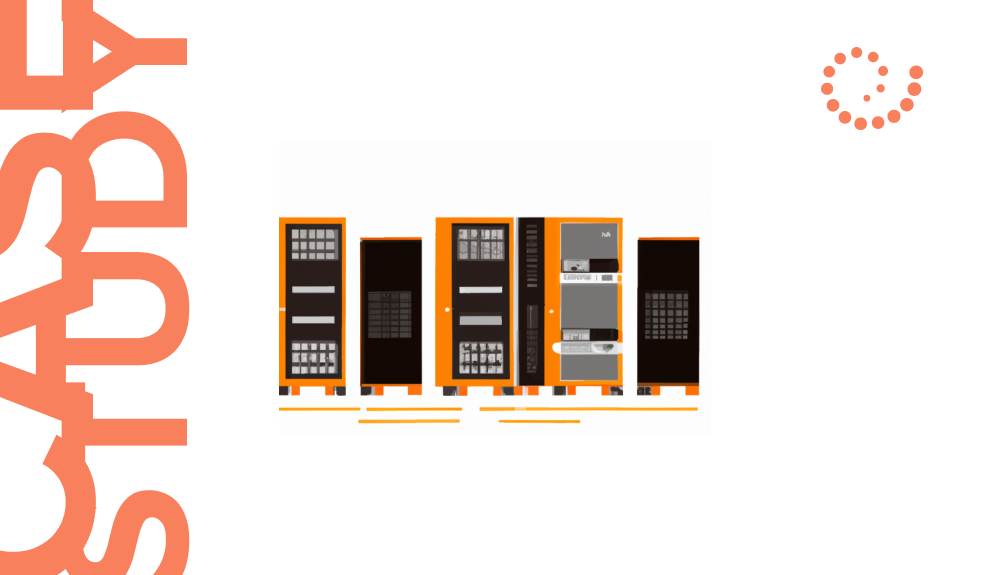
Crucial Insights: Why Monitoring Modular Data Centres Matters
Info Setronica | April 25th, 2024
The power industry encounters obstacles when distributing electricity across extended distances because of considerable losses along transmission lines. A client of Setronica, based in Norway, addressed this issue by using a site that hosts a substantial hydroelectric facility in a cold area. They adapted maritime containers, equipping them with data modules that needed minimal cooling while also taking advantage of lower-cost electricity.
However, these modular data centres require constant monitoring in order to keep them as efficient as possible. When the company reached out to Setronica, they wanted an integrated backend and frontend infrastructure to enable remote management of the containers.
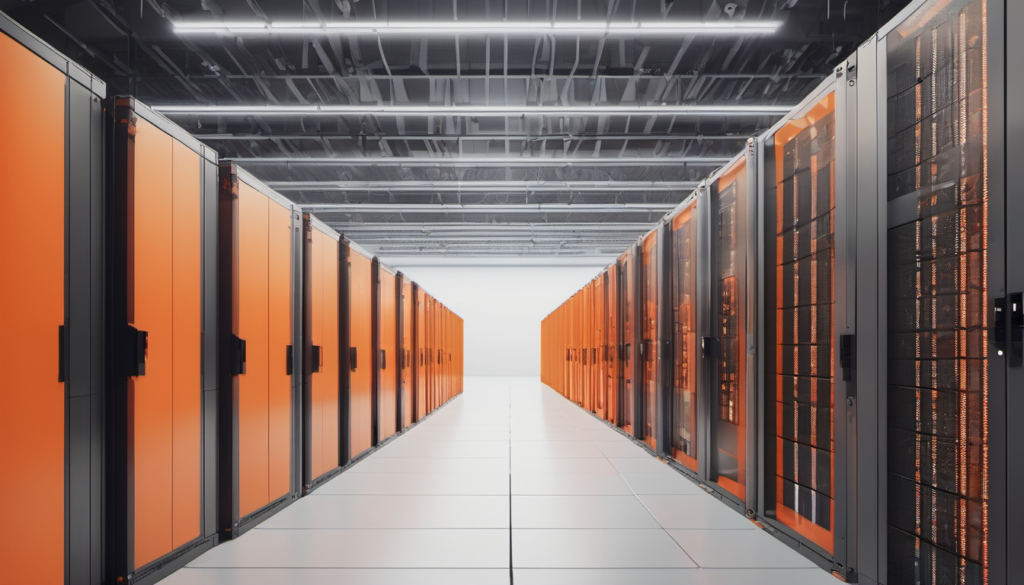
The reasons behind the client’s desire for this solution were multifaceted and centred around several key objectives:
- Optimise performance: The client sought to optimise the use of resources within their modular data centres, aiming for a system that could streamline operations and reduce waste.
- Improve reliability: Ensuring that the modular data centres operated without interruption was a priority. The client wanted a system that could predict and prevent potential failures before they occurred.
- Enhance energy efficiency: Monitoring systems can track energy consumption in real-time, identifying areas where energy usage could be reduced. This was particularly important for the client, as in Europe the energy efficiency is a high priority due to environmental concerns and regulatory requirements.
- Improve security: Early detection of security threats, both physical and cyber, was crucial for protecting the client’s sensitive data and ensuring business continuity.
- Provide for scalability and flexibility: A monitored data centre can adapt more swiftly to changes, supporting the company’s growth and diversification strategies. And as the client was planning on increasing capacity, the solution had to meet the demands.
While monitoring modular data centres offers numerous benefits, it also presents several challenges that need to be addressed to ensure effectiveness. When the client came to Setronica, they were concerned about several things:
- Complex integration and compatibility issues
Modular data centres often involve a mix of technologies and equipment from different vendors. Also, integration with existing legacy systems can pose compatibility issues, making it difficult to achieve a unified monitoring solution.
- Data overload and management
Monitoring solutions can generate a vast amount of data. Managing this data effectively to extract meaningful insights without getting overwhelmed is a significant challenge. Plus, incorrect data can lead to misguided decisions, affecting the overall performance and efficiency of the data centre.
- Cybersecurity threats
As monitoring systems are connected to the internet, they are vulnerable to cyber-attacks. The increasing sophistication of these attacks poses a constant threat to data centre security. Mitigating risks associated with malicious insiders requires robust security protocols and constant vigilance.
- Scalability and flexibility concerns
The fast pace of technological advancements means monitoring solutions can quickly become obsolete. Keeping up with these changes to maintain an efficient and up-to-date monitoring system is a constant challenge.
- Cost implications
The upfront cost of implementing a comprehensive monitoring solution can be significant, especially for small to medium-sized enterprises. Beyond the initial setup, there are ongoing costs related to software updates, maintenance, and potentially, the need to scale the monitoring solution as the company grows.
- Regulatory and compliance issues
In Europe, data protection laws such as GDPR impose strict regulations on how data is handled and protected. Plus, depending on the sector, there may be additional regulatory requirements that impact how monitoring is conducted and what measures need to be in place to ensure compliance.
Setronica’s Enhanced Monitoring and Control Solution for Containerised Data Centres
With those challenges in mind, Setronica came up with an innovative solution, offering services of building software application for monitoring remote data centres and preventing any possible issues with them.
The solution consists of Docker containers and Golang services that collect data from APIs and Modbus sources, storing it in MongoDB for seamless access and analysis. Then, with AI and ML algorithms, the system offers predictive analytics and automated anomaly detection, enabling proactive maintenance and reducing downtime.
Next, using Zabbix, the system automatically discovers new devices and triggers alerts. This ensures swift responses to critical events, enhancing operational efficiency.
All of this is united into a comprehensive network plan that facilitates communication between devices and the web application. Stringent security measures safeguard remote access and fortify server defences against potential cyber threats, ensuring data confidentiality and integrity.
Setronica’s Preliminary Market Research
As businesses seek to enhance operational effectiveness, reduce costs, and bolster security measures, the spotlight turns to the capabilities and advantages of modular data centres. This shift has prompted us to conduct a market research to understand the current landscape, technological advancements, and future prospects of modular data centres.
There are indications of a significant proliferation of AI and machine learning in workstation monitoring and the containerised/modular data centre market. This trend underscores the importance of intelligent monitoring systems capable of predictive analytics, automated anomaly detection, and root cause analysis for pre-emptive maintenance and enhanced efficiency.
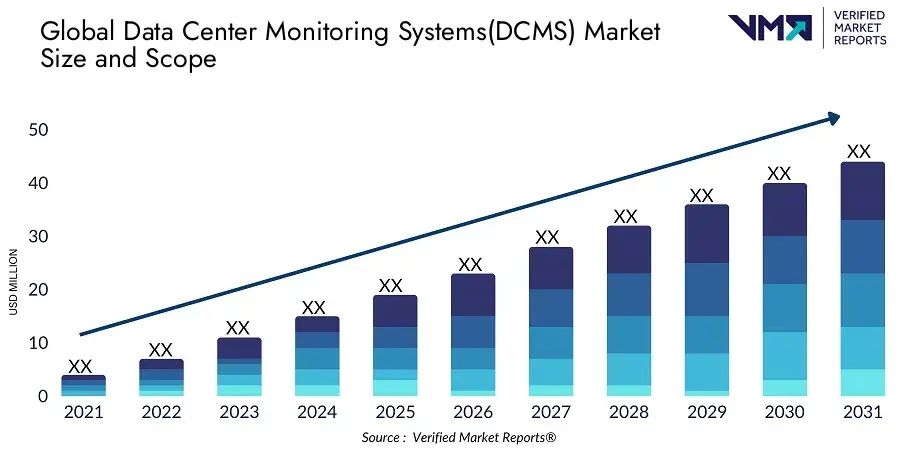
Monitoring system for containerised/modular data centres market
- Predictive analytics: AI/ML-driven predictive analytics enable the identification of potential equipment failures in advance, reducing downtime through proactive maintenance.
- Automated anomaly detection: AI algorithms detect anomalies in data patterns swiftly and accurately, enabling early problem detection.
Root cause analysis: ML algorithms analyse complex datasets to pinpoint the underlying causes of issues, optimising resource allocation and minimising downtime.
Containerised data centres encompass a spectrum of solutions, from simple IT containers to comprehensive all-in-one systems. These units are fabricated in manufacturing facilities and shipped to end-users, incorporating various components such as racks, temperature control systems, power supplies with UPS, and comprehensive monitoring and fire-fighting systems.
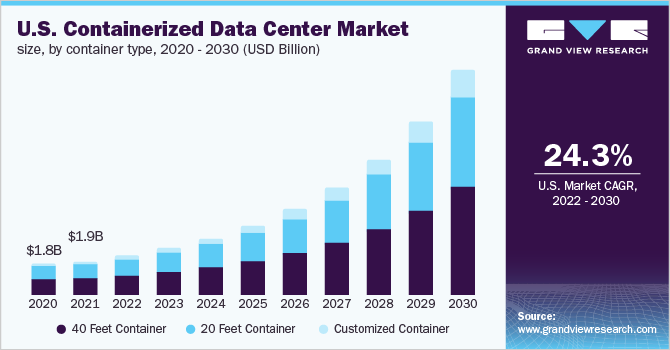
Modular data centres offer a space-saving alternative to traditional data centres, featuring an all-in-one design with independent enclosed spaces for each component. These solutions are factory-manufactured based on client preapproval, offering scalability and shorter delivery times compared to traditional construction methods.
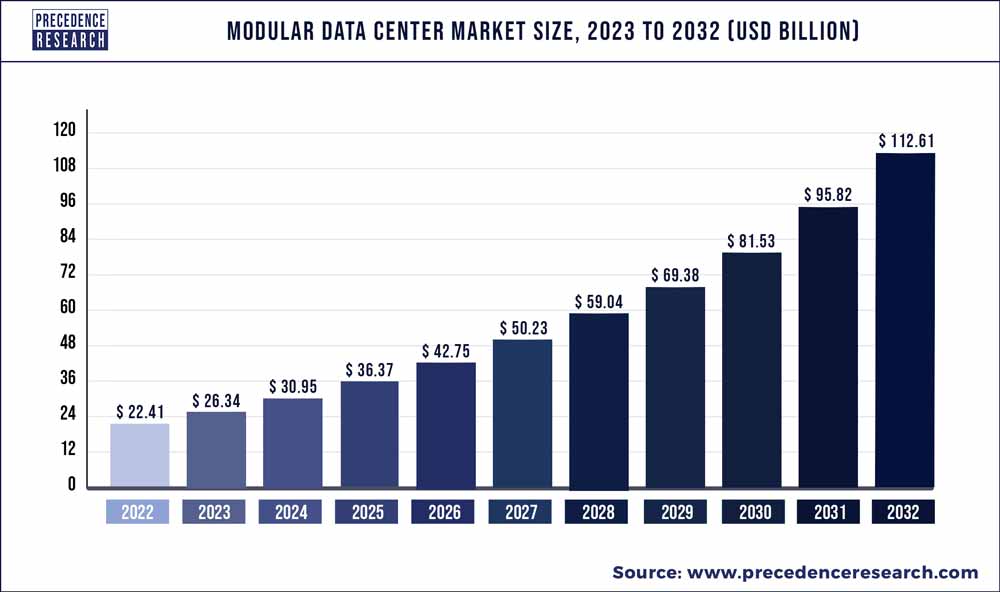
Source: Grand View Research – Containerised Data Center Market Report
Need a similar solution?
Contact Setronica today to discover how our cutting-edge solution can optimise your operations and enhance your security. Reach out to us now to take the first step towards seamless, real-time insights and proactive maintenance.
At Setronica, we specialise in tackling the distinctive challenges encountered by clients in the energy sector and other industries. Through the utilisation of leading-edge technologies and top-tier methodologies, we empower organisations to attain heightened efficiency, security, and resilience in their operations.
Related case studies
- Rapid Hypothesis Testing for Driver Retention in Delivery ServiceAn accrual report helps businesses and investors understand the company’s true financial position.
- From Chaos to Clarity: Transforming Promo Code ManagementOur client faced significant challenges in integrating various merchant catalog structures into a wholesome system.
- How to Scale a Delivery Platform to Market LeadershipOur client faced significant challenges in integrating various merchant catalog structures into a wholesome system.
- Merchant Integration Methods for Complex Catalog StructuresOur client faced significant challenges in integrating various merchant catalog structures into a wholesome system.
- Setronica’s DevOps Mastery: Maintaining and Optimizing Wowcher’s E-commerce SystemWowcher, one of the UK’s leading deal platforms, partnered with Setronica to maintain and optimize their high-traffic e-commerce system.
- Mastering Elasticsearch Indexing: How Setronica Fine-tuned Search Engine PerformanceElasticsearch is a search engine that has become a go-to solution for storing, searching, and analyzing large volumes of data.
Let’s start building something great together!
Contact us today to discuss your project and see how we can help bring your vision to life. To learn about our team and expertise, visit our ‘About Us‘ webpage.

Recent Posts
- Rapid Hypothesis Testing for Driver Retention in Delivery Service
- How Setronica Created an AI Slack Bot, Part 3: Putting Our Bot to Work
- Building a Reliable Monthly Accrual Report: Overcoming Challenges and Implementing Solutions
- From Chaos to Clarity: Transforming Promo Code Management
- How to Scale a Delivery Platform to Market Leadership

